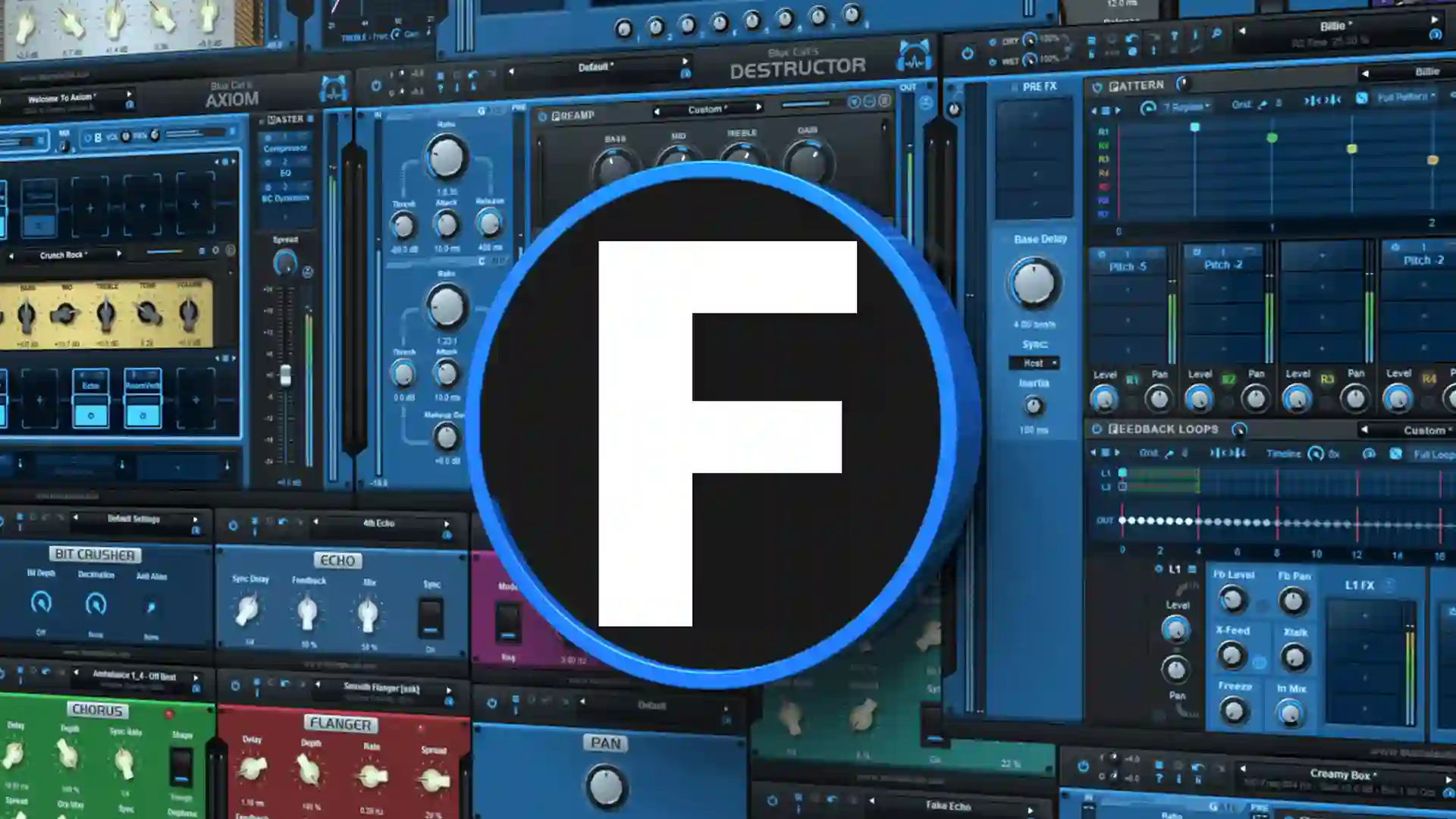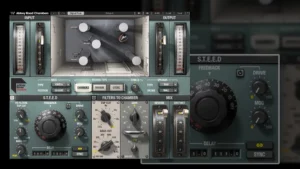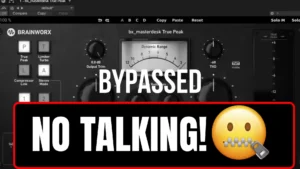
Table of Contents
How do audio plugins work? What Are DAWs, Audio Plugins, and MIDI Controllers?
Digital Audio Workstation (DAW)
What is a DAW?
A Digital Audio Workstation (DAW) is a crucial tool for musicians, producers, and sound engineers. It’s a software application or electronic device used to record, edit, and produce audio files. DAWs offer a user-friendly interface that allows users to manage multiple audio tracks, apply effects, mix sounds, and much more.
DAWs in the Music Industry
In the music industry, DAWs are the backbone of audio production, used to record multiple tracks, mix and equalize sound, and add various audio effects. Many DAWs come with extensive sound libraries, making them perfect for creating electronic music from scratch. High-end DAWs, particularly those used in professional recording studios, can be integrated with specialized hardware for enhanced performance.
Other Uses of DAWs
DAWs are not limited to music production; they are also widely used in radio, television, film, podcasts, gaming, and any other field where complex audio manipulation is required. They generally support plugins, which are additional software components that expand the functionality of the DAW, allowing users to customize their audio production experience.
Audio Plugins
What are Audio Plugins?
Audio plugins are essential tools that work within DAWs to extend their capabilities. These plugins, which can be easily integrated into a DAW, are designed to process, analyze, or synthesize audio signals. They typically provide a user interface with various controls, though the DAW might also offer a generic UI for managing plugin settings.
Common Uses of Plugins
Common plugins include those for equalization, dynamic range control, reverb, delay, and virtual instruments. When a DAW processes audio, it sends the data to the plugin, which then returns the processed output. If you adjust a parameter on the plugin’s interface, the DAW updates the plugin with the new settings in real-time.
Audio Toolbox™ and VST Plugins
Audio Toolbox™, for example, supports the creation of plugins in the widely used VST format and allows users to run and test these plugins directly within MATLAB®.
Musical Instrument Digital Interface (MIDI)
Understanding MIDI
The Musical Instrument Digital Interface (MIDI) is a technical standard that facilitates communication between electronic instruments, computers, and related devices. MIDI conveys event messages that control audio signals, such as pitch and velocity, as well as parameters like volume, vibrato, and panning. It also includes clock signals to synchronize tempo across multiple devices.
What are MIDI Controllers?
MIDI controllers are hardware devices that send MIDI messages to DAWs or other MIDI-compatible equipment. These controllers often resemble electronic keyboards or control surfaces with sliders, knobs, and buttons. By using a MIDI controller, a DAW user can interact with the software in a more intuitive and hands-on manner, often improving workflow and creative expression.
Getting Started with VSTs, Plugins, and DAWs
Understanding Plugins and VSTs
What Are Plugins and VSTs?
If you’re new to music production, you might find yourself overwhelmed by the options available when it comes to plugins and VSTs (Virtual Studio Technology). These tools are essential for enhancing the quality of your recordings and overall production.
Categories of Plugins
A plugin is a software tool that integrates into your DAW, whether you’re using Ableton, GarageBand, or another popular platform. Plugins fall into two main categories: VST instruments and VST effects. VST instruments, like Serum, Massive, and Sylenth, allow you to create unique sounds using built-in sound libraries. You can adjust various parameters, such as reverb and distortion, to craft the perfect sound for your track.
How to Start Using Plugins
Getting Started with Presets
Getting started with plugins can be intimidating, but most come with presets—pre-configured settings created by the plugin’s developers. These presets can be a great starting point, allowing you to experiment with different sounds and effects without needing to understand every detail of the plugin’s controls.
Experimenting with Plugins
When you’re ready to incorporate a plugin into your mix, don’t hesitate to explore different settings and presets. For example, if you want to add a delay effect to a guitar track, try out the various presets and see what works best. Remember, the creative process is about exploration and discovery, not perfection. The more you experiment with different plugins and settings, the more comfortable you’ll become.
Where to Find Plugins
Purchasing Plugins
Plugins are widely available for purchase from various sources. Platforms like Splice offer top-tier plugins on a rent-to-own basis, which can be budget-friendly for new producers.
Free Plugin Resources
If you’re not ready to invest in paid plugins, Plugin Boutique is a great resource for free plugins from reputable developers, allowing you to expand your studio’s capabilities without spending a dime.
FAQ
What is a DAW?
A Digital Audio Workstation (DAW) is software or hardware used to record, edit, and produce audio files. It’s essential for music production, sound design, and other audio-related tasks.
What is an audio plugin?
An audio plugin is a piece of software that enhances the functionality of a DAW by providing additional tools for audio processing, analysis, or synthesis.
What does MIDI stand for, and what does it do?
MIDI stands for Musical Instrument Digital Interface. It’s a standard that allows electronic instruments and computers to communicate, controlling aspects like pitch, velocity, and timing.
What are VST instruments and effects?
VST instruments are plugins that generate sounds, while VST effects modify existing sounds during the mixing process. Both are crucial for music production.
Where can I find plugins?
Plugins can be purchased from platforms like Splice or Plugin Boutique. Many plugins are available for free, allowing beginners to experiment without a financial commitment.Where can I find plugins?
Plugins can be purchased from platforms like Splice or Plugin Boutique. Many plugins are available for free, allowing beginners to experiment without a financial commitment.The free Autotune VST plugins of 2024 provide powerful tools for achieving professional-quality vocal tuning and creative effects in your music production. Explore these plugins to enhance your vocal recordings and experiment with new sounds without financial constraints.
Find My Labels | findmylabels.com – SM Mastering | smmastering.com










